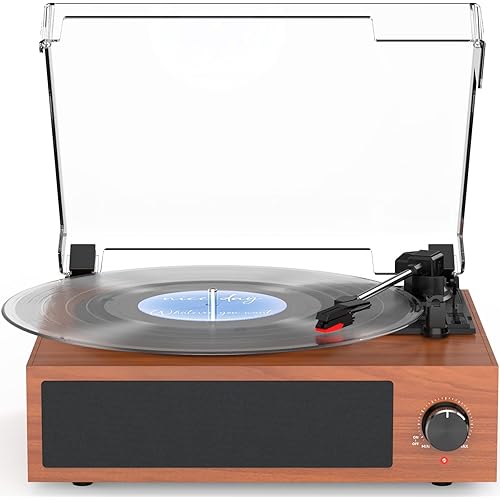Audio-Technica AT-LP140XP-BK Direct-Drive Professional DJ Turntable, Black, Hi-Fi, Fully Manual, 3 Speed, High Torque Motor


Buy Now, Pay Later
- – Up to 36-month term if approved
- – No impact on credit
- – Instant approval decision
- – Secure and straightforward checkout
Ready to go? Add this product to your cart and select a plan during checkout.
Payment plans are offered through our trusted finance partners Klarna, Affirm, Afterpay, Apple Pay, and PayTomorrow. No-credit-needed leasing options through Acima may also be available at checkout.
Learn more about financing & leasing here.
Selected Option
FREE refund/replacement until Jan 31, 2026 Learn more
To qualify for a full refund, items must be returned in their original, unused condition. If an item is returned in a used, damaged, or materially different state, you may be granted a partial refund.
To initiate a return, please visit our Returns Center.
View our full returns policy here.
Recently Viewed
Color: Black
Style: Turntable
Features
- Connectivity technology: Wired
- Variable pitch control with reverse and quartz speed lock
- Plug-type target light for easier cueing in low light
- Professional anti-resonance, die-cast aluminum platter
Description
The at-lp140xp fully manual professional DJ turntable features a high-torque direct-drive motor and anti-resonant mass-damped die-cast aluminum platter to ensure stable on-axis rotation at 33-1/3 45 and 78 RPM It is equipped with an S-shaped tonearm with height adjustment Adjustable tracking force (counterweight) and adjustable dynamic anti-skate control Audio-technical has been a leader in phono cartridge design for more than 50 years and that expertise shows In the durable high-output at-xp3 DJ cartridge with 0 6 mil conical bonded stylus included with the turntable It comes pre-mounted to an at-hs6 universal ½"-mount head shell Designed to connect to components with a dedicated phono input The turntable comes with a detachable dual RCA output cable and supplies a strong 5 5 mV output Additional professional features include a start/stop button forward and reverse play selectable high-accuracy quartz-controlled pitch lock and pitch change slider control with +/-8% +/-16% and +/-24% adjustment ranges a stroboscopic platter with speed indicator a retractable plug-type stylus target light and a removable hinged dust cover Available in black (AT-LP140XP-BK) and silver (at-lp140xp-sv)
Brand: Audio-Technica
Maximum Rotational Speed: 78 RPM
Included Components: Turntable, AT-XP3 phono cartridge; AT-HS6 headshell; dual RCA (male) to dual RCA (male) cable with ground wire; counterweight; felt mat; dust cover; 45 RPM adapter; plug-type stylus target light See more
Special Feature: Adjustable dynamic anti-skate control, Balanced S-shaped tonearm with hydraulically damped lift control, height adjustment, and lockable rest, Direct-drive, high-torque servo motor with speed stabilization, Fully manual operation; Selectable 33/45/78 RPM speeds, Professional anti-resonance, mass-damped, die-cast aluminum platter with felt mat See more
Material: Cast Aluminum
Item Weight: 22 Pounds
Style: Turntable
Color: Black
Model Name: ATLP140XPBK
Compatible Devices: Speaker, Headphone
Is Discontinued By Manufacturer : No
Product Dimensions : 22 x 18 x 11 inches; 22 Pounds
Item model number : AT-LP140XP-BK
Date First Available : January 22, 2019
Manufacturer : Audio-Technica
Best Sellers Rank: #16,560 in Musical Instruments (See Top 100 in Musical Instruments) #1 in DJ Direct Drive Turntables
#1 in DJ Direct Drive Turntables:
Customer Reviews: 4.4 4.4 out of 5 stars 401 ratings
Product Dimensions: 22 x 18 x 11 inches
Item Weight: 22 pounds
Manufacturer: Audio-Technica
Item model number: AT-LP140XP-BK
Is Discontinued By Manufacturer: No
Date First Available: January 22, 2019
Frequently asked questions
To initiate a return, please visit our Returns Center.
View our full returns policy here.
- Klarna Financing
- Affirm Pay in 4
- Affirm Financing
- Afterpay Financing
- PayTomorrow Financing
- Financing through Apple Pay
Learn more about financing & leasing here.





















